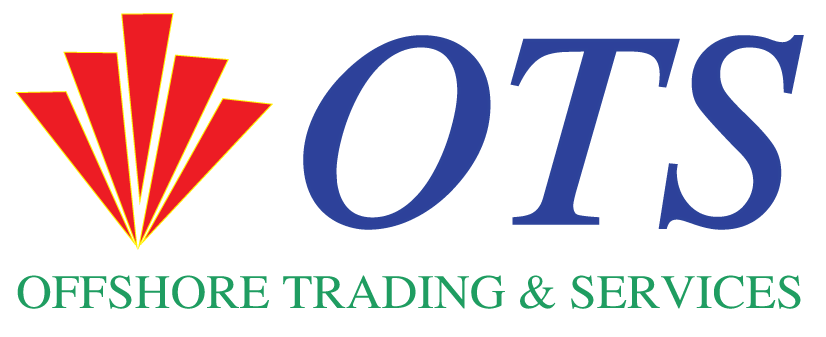**Shell’s Waterflood Project at Vito Field: Enhancing Oil Extraction in the Gulf of Mexico**
Shell Offshore Inc., a subsidiary of Shell plc, has taken a significant step towards maximizing oil production from its Vito asset in the US Gulf of Mexico. The company has made a final investment decision (FID) on a waterflood project, which will see water injected into the reservoir formation to displace additional oil and increase recoverable resources.
**Background and Location**
The Vito field, discovered in July 2009, is situated in four Outer Continental Shelf (OCS) blocks within the Mississippi Canyon. It is located approximately 75 miles south of Venice, Louisiana, and 150 miles southeast of New Orleans, in waters exceeding 4,000 feet deep. The site is also close to the Shell-operated Mars tension-leg platform, further underscoring Shell’s strategic positioning in the region.
**Reducing Emissions and Costs**
In 2015, Shell simplified and re-scoped the original host design for the Vito field, resulting in a significant reduction of about 80% in CO2 emissions over the lifetime of the platform. This design change also led to a cost reduction of over 70% compared to the original concept. These environmental and financial optimizations align with Shell’s broader efforts to operate with both economic and social responsibility.
**Production Timeline**
The waterflood project is set to commence in 2027, with initial estimates indicating that it will increase recoverable resource volumes by 60 million barrels of oil equivalent (MMboe). This increase is classified under the Society of Petroleum Engineers’ (SPE) Resource Classification System as 2P and 2C, reflecting the project’s potential for both proven and unproven reserves.
**Operational Details**
The waterflood process involves injecting water into the reservoir to physically displace oil towards adjacent production wells. This technique re-pressurizes the reservoir, enhancing its overall fluid
